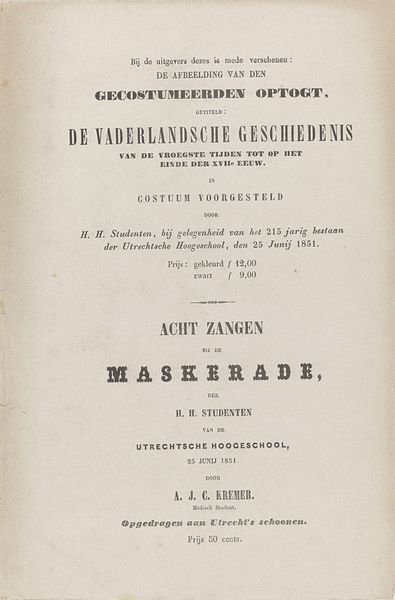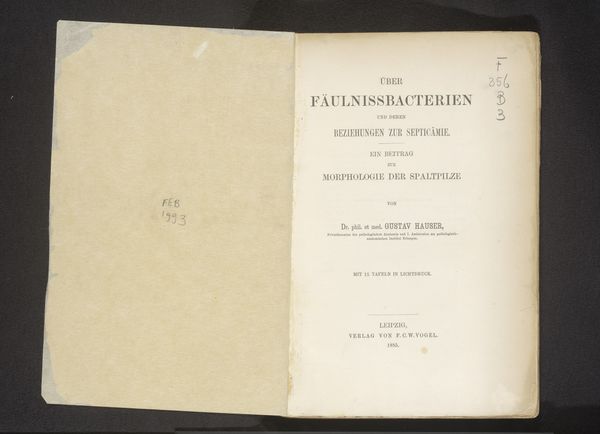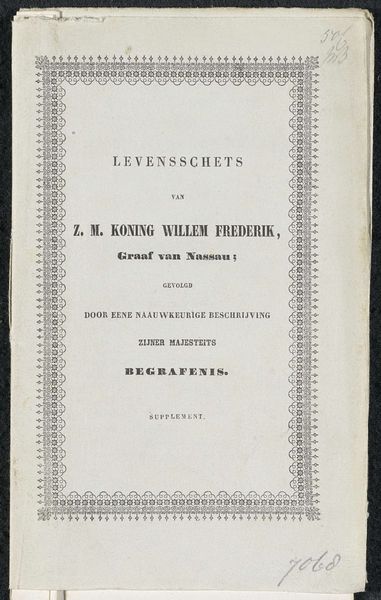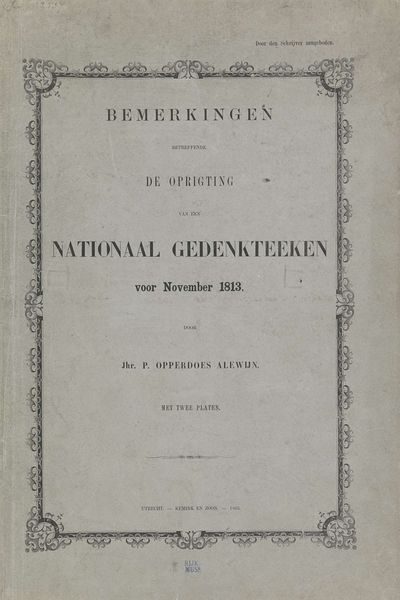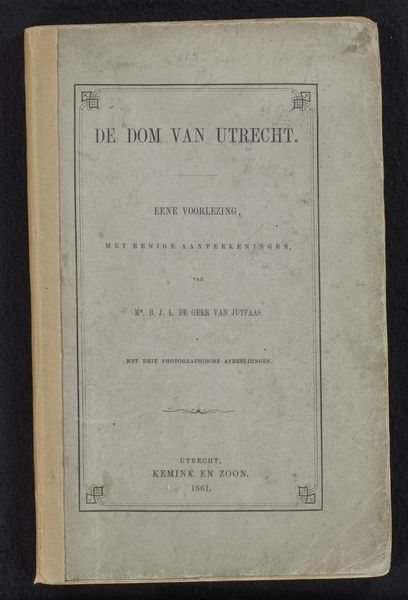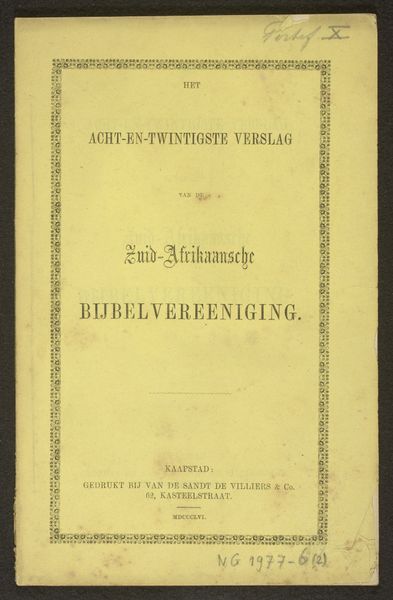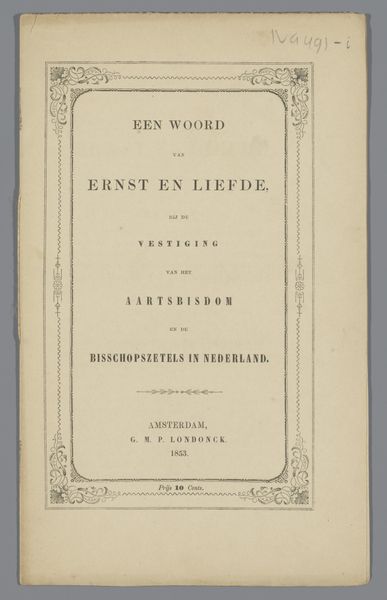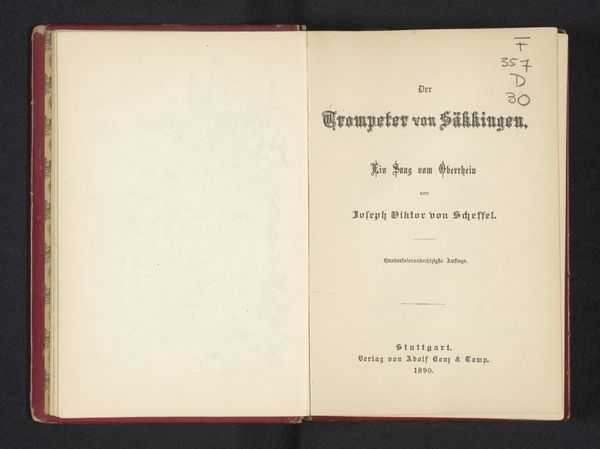
graphic-art, print, typography
#
graphic-art
#
aged paper
#
16_19th-century
#
dutch-golden-age
# print
#
typography
#
historical font
Dimensions: height 52 mm, width 87 mm
Copyright: Rijks Museum: Open Domain
Curator: Here we have an example of graphic art from before 1867: a print titled "Natuurkundige instrumenten van F.W. Funckler," that appears to be an advertisement. Editor: The texture of this piece is immediately striking. You can almost feel the aged paper, it evokes such a sense of history. It also has an immediate, nostalgic sensibility given it recalls textbooks and educational materials from bygone eras. Curator: It’s more than that, though. Look at the hierarchy of the typography, the careful arrangement of the text. Semiotically, the use of bold typeface for “FABRIEK” and “NATUURKUNDIGE WERKTUIGEN” commands the eye. It denotes a sense of industry and importance. The more delicate script announcing F.W. Funckler suggests both elegance and establishment. Editor: I see it differently. This typography represents more than simple establishment— it’s tied to colonial power structures. Note that Funckler is appointed ‘Purveyor to the Courts of the King and Queen’; the piece demonstrates how even educational materials become complicit in circulating, reifying, and justifying power and privilege. This was printed during a period of enormous scientific expansion and, unfortunately, of expanding European colonialism. Curator: Certainly, that is an unavoidable context for interpreting works of this period. The piece is printed in Haarlem; as Dutch scientists pushed for classification systems of nature, pieces like this broadcast these emerging regimes of thought. However, the work’s strength comes from its formal elements. It’s fascinating to observe how language becomes image, particularly within the constraints of printing technology at the time. The work plays with conventions of proportion and line to highlight certain details. Editor: Yes, the piece certainly bears historical importance beyond simply an advertisement, though it has significant sociohistorical importance that goes beyond the graphic strategies. Ultimately, it’s about situating Funckler within those broader systems of science, commerce, and royal endorsement and asking critical questions about how and for whom these instruments and the knowledge they produced were intended. Curator: Perhaps by understanding its graphic composition and techniques we might come closer to unraveling those historical forces. Editor: I agree! And perhaps we can now view the artwork with new historical perspective and critical sensibility!
Comments
No comments
Be the first to comment and join the conversation on the ultimate creative platform.
